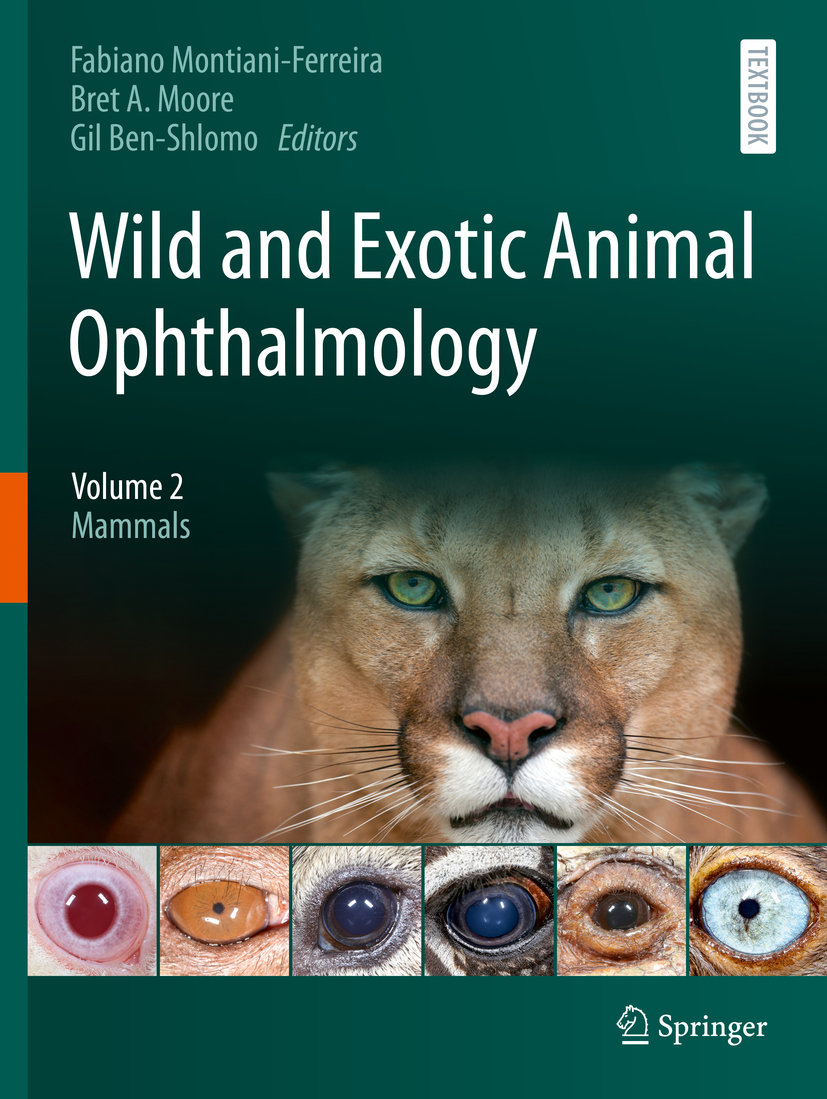This Volume 2 of a two-volume work is the first textbook to offer a practical yet comprehensive approach to clinical ophthalmology in wild and exotic mammals. A phylogenetic approach is used to introduce the ecology and importance of vision across the entire diversity of mammal species before focusing on both the diverse aspects of comparative anatomy and clinical management of ocular disease from one animal group to the next. Edited by three of the most esteemed authorities in exotic animal ophthalmology, this two-volume work is separated into non-mammalian species (Volume 1: Invertebrates, Fishes, Amphibians, Reptiles, and Birds) and Mammals (Volume 2: Mammals).
Wild and Exotic Animal Ophthalmology, Volumes 1 and 2 is an essential collection for veterinary ophthalmologists and other veterinary practitioners working with wild and exotic animals.


